Many of us enjoy spending time walking along the shoreline. Whether you have looked for shells purposefully or have tripped across them on the beach. To find that you have a beautiful seashell just waiting for you to find is always a fun surprise.
If you have ever been curious about seashells or are interested in becoming a conchologist, this is the place to be.
In this article, we dig into how seashells are grouped and then break down the types of shells. From there, you might be able to find some of your favorite shells listed below as we look at some of the individual shells that make up the prominent families.
How to Group The Different Types of Seashells
Seashells are not grouped by or classified for the shells themselves. Instead, scientists have worked out a system that classifies the animals that would be typical to find in the shell. They have split them into seven primary classes. Some of the members of these classes change and rearrange as more research is done on these members.
The seven main classes of animals that make their home in shells include:
- Gastropoda
- Bivalvia
- Scaphopoda
- Aplacophora
- Monoplacophora
- Cephalopoda
- Polyplacophora
Gastropods and bivalves are the most common kinds of shells you will find washed up on beaches. Bivalves are the commoner out of the two of these. The bulk of this article examines the different kinds of shells you would find in these groups.
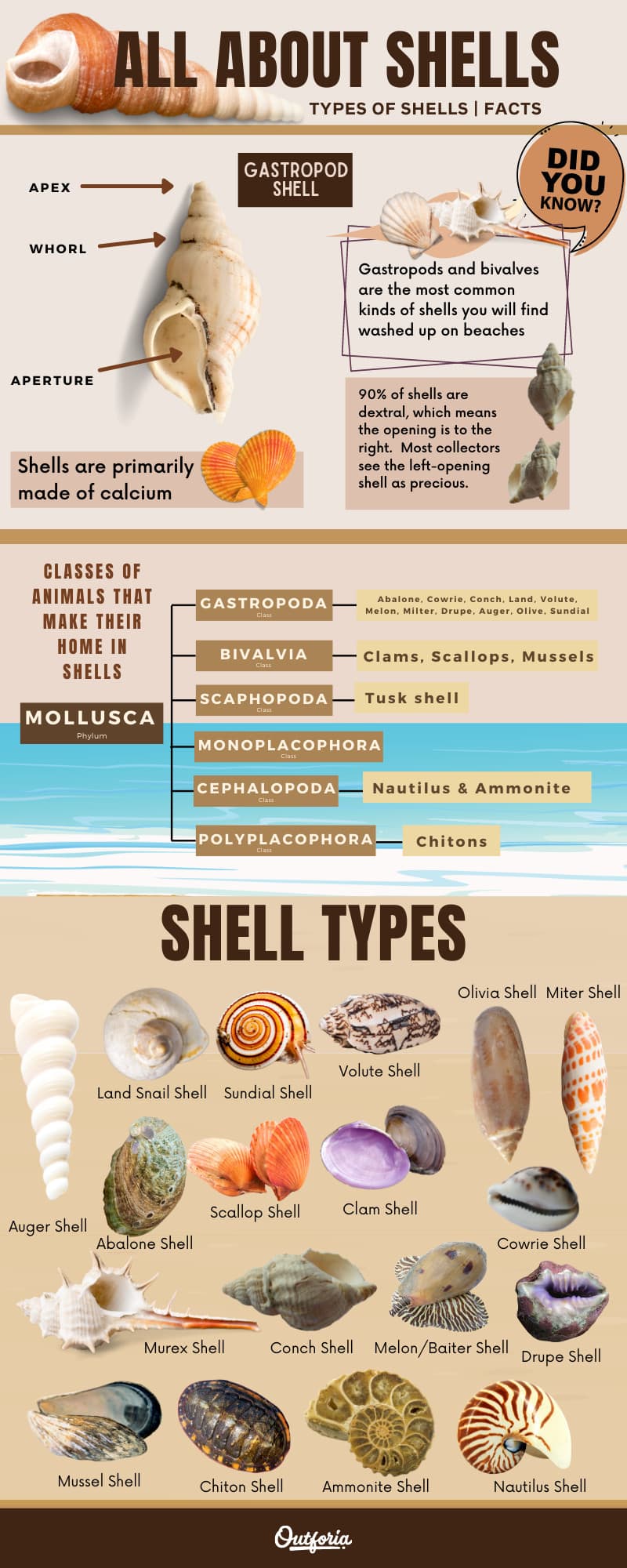
Share This Image On Your Site
<a href="https://outforia.com/types-of-shells/"><img style="width:100%;" src="https://outforia.com/wp-content/uploads/2021/07/ALL-ABOUT-SHELLS-1-1.jpg"></a><br> Types of Shells Infographic by <a href="https://outforia.com">Outforia</a>In the bivalve group alone, there are more than 15,000 species. The other kinds of seashells are generally more atypical or have fewer occupying species. We won’t cover the Aplacophora since these creatures no longer have shells. The members of the group that did have long been extinct.
Besides breaking them into the seven primary groups, we don’t follow the typical scientific classification system for the animals that live inside the shells. Instead, we break down some of the most common types of shells and their specific subsets. Shells themselves don’t have a scientific classification system. Although, some conchologists might disagree.
Conchology
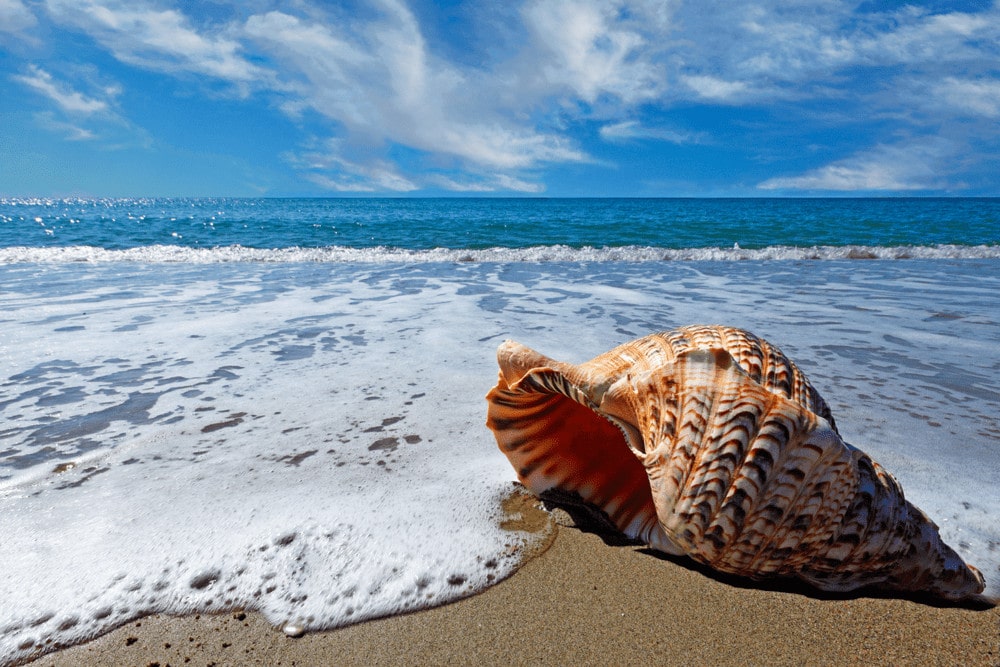
Conchology involves the scientific study and collection of seashells, specifically mollusk shells. These are the people who are willing to pay high prices for shells considered rare or hard to find. They will rarely overharvest or harvest anything alive. Sometimes they will have collections of living, shelled creatures, but they often try to take proper care.
If you are interested in collecting shells, be aware that people use many harmful practices. If you don’t know better, it can be easy to take away the homes of other creatures.
For example, the hermit crab cannot produce its shell. Instead, when they get ready to molt, they find a new, slightly larger shell to be their home. If you walk the beach and shallows and take all of the wide-opening medium-sized shells, you are effectively ridding them of future houses.
Here is a guide to ethical shelling for those interested in conchology or who have a small ongoing shell collection already. It is better to be aware of these situations than be damaging the precious environment around you.
Another educational tidbit that might help your collection knows what kinds of shells you collect. Below, we go through many of the shells you might find washed up and some of those which are pretty rare.
The Seven Types of Seashells
1.0 Gastropoda
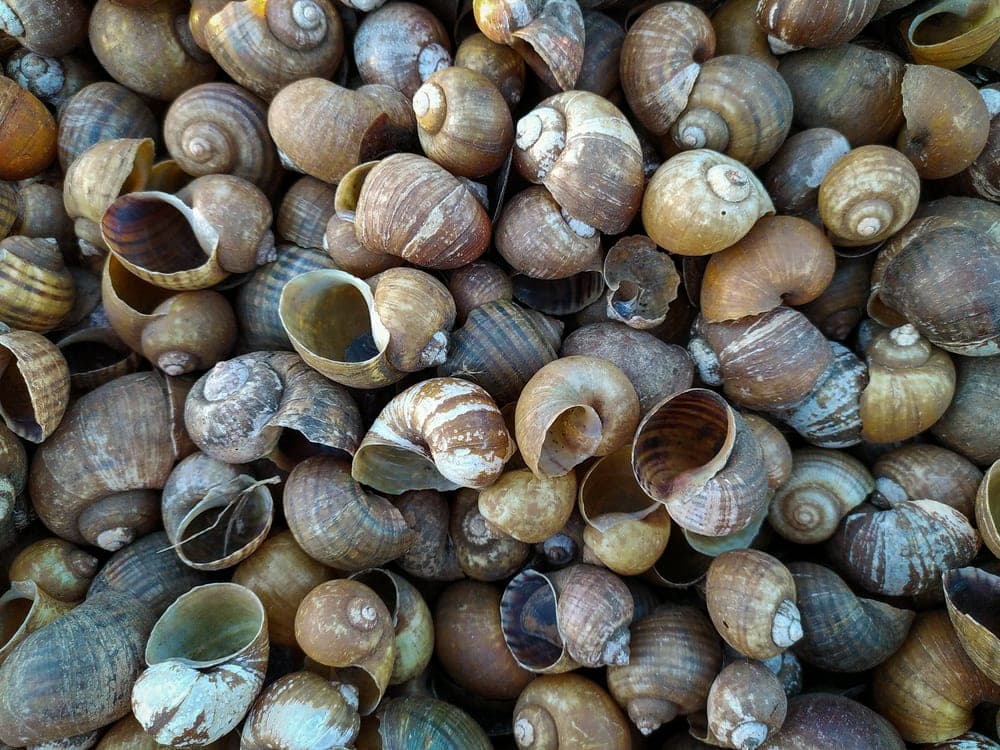
An empty gastropod shell was once the home of a snail, a type of mollusk. What many don’t realize is that many shells were first a part of the actual body of the snail. The shell was their exoskeleton. Think of a beetle and its hardened exterior. A gastropod shell works similarly.
Snail species grow the shells throughout their lives. They can hide inside by withdrawing their body. However, some of them can’t go in all the way and are thus left more exposed. The shell of a gastropod protects them from predators. It also serves as a muscle attachment, saves them from dehydration and stores calcium.
We already covered that if you study shells, you are partaking in conchology. You can break it down even further than that, though. Those that study gastropods exclusively study malacology.
Although we won’t get into it too extensively, let’s take a quick look at the morphology of a gastropod’s shell. There are three primary layers that make it up. These are all secreted by the mantle of the snail and harden over time. The three layers are the:
- Periostracum (outermost layer)
- Tracum (central layer)
- Conchiolin (innermost substance)
The Periostracum will have the patterns and designs that so many of us love to study on a gastropod’s shell. The inner layer is sometimes shell nacre and other times mother-of-pearl. This layer is very smooth since it has contact with the snail’s body.
If you want to break down the rest of the shell, you can use all kinds of morphological terms. They also vary depending on what you study. For this article, it is best to know the terms:
- Whorl: The spiral pattern on the pointed part of the shell
- Apex: The tip of the whorl
- Aperture: The opening of the shell
Now that you are geared with your tool belt of terms let’s take a closer look! Outlined below are some of the most common gastropods and a few of their associated species.
1.1 Abalone
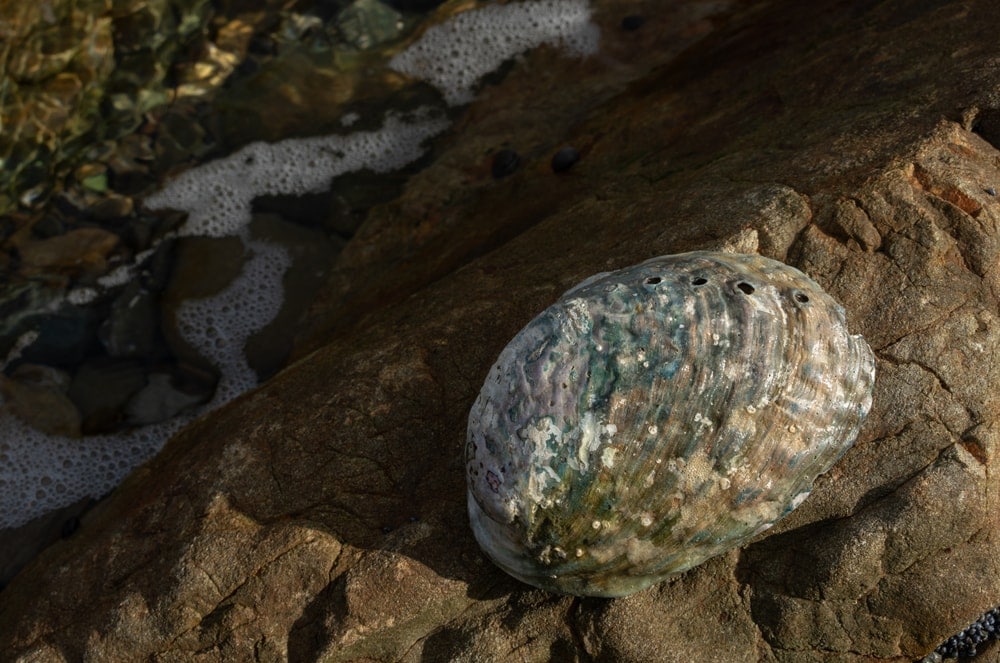
Abalone shells are among the more common gastropods that you can find on beaches around the world. They can also be called ormers or sea ears.
These shells often look like a spiral whorl. They are pretty popular for jewelry collectors since they naturally have holes that run along a single side. When they have species living inside them, they use these holes for breathing. Seawater gets drawn throw the edge of the shell, and then it passes through the shell to leave through the holes.
Abalones usually live in shallow water. You will often find these shells attached to rocks using a muscular foot to keep them firmly stuck on. Another reason these creatures and their shells are harvested is that these sticky feet are edible.
These shells have a fascinating cultural history all over the world. One example of this involves the Native Americans in North America. They used to use them as beads and as a form of currency.
Their color primarily determines the common name for abalone breeds. Some of the species you might find include:
- Green Abalone (Haliotis fulgens)
- Red Abalone (Haliotis rufescens)
- White Abalone (Haliotis sorenseni)
- Paua Abalone (Haliotis iris)
- Pink Abalone (Haliotis corrugata)
1.2 Cowrie
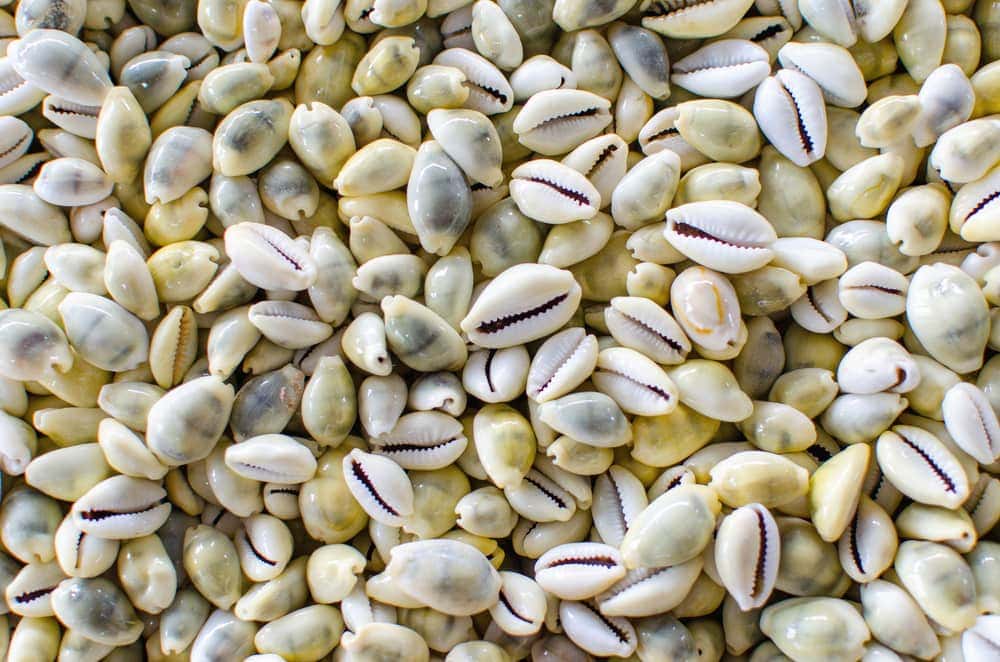
Cowrie shells are the homes for sea snails, from large to small. These marine gastropod mollusks are all within the Cypraeidae family. There are more than 200 different types and species of cowrie seashells, so they are pretty abundant in their native oceans.
All cowrie snails live in warm seas so that you will find these shells on beaches along the Indian Ocean, such as the Maldive Islands, Sri Lanka and Borneo. Since they were so prolific in these areas, cowrie shells were used as money throughout East Asia, South Asia and Africa. They are still used as “shell money” since they are used very extensively for jewelry.
Cowry shells come in incredible colors and patterns. Their lips are lined with teeth that run the entire length of the shell. The top of the shell is glossy over the rounded oval surface. Some of the shells that fall into this category include:
- Deer Cowrie (Cypraea vitellus)
- Tiger Cowrie (Cypraea tigris)
- Purple Top Cowrie (Cypraea annulus)
- Money Cowrie (Cypraea moneta)
- Egg Shells (Ovula ovum)
1.3 Land snail
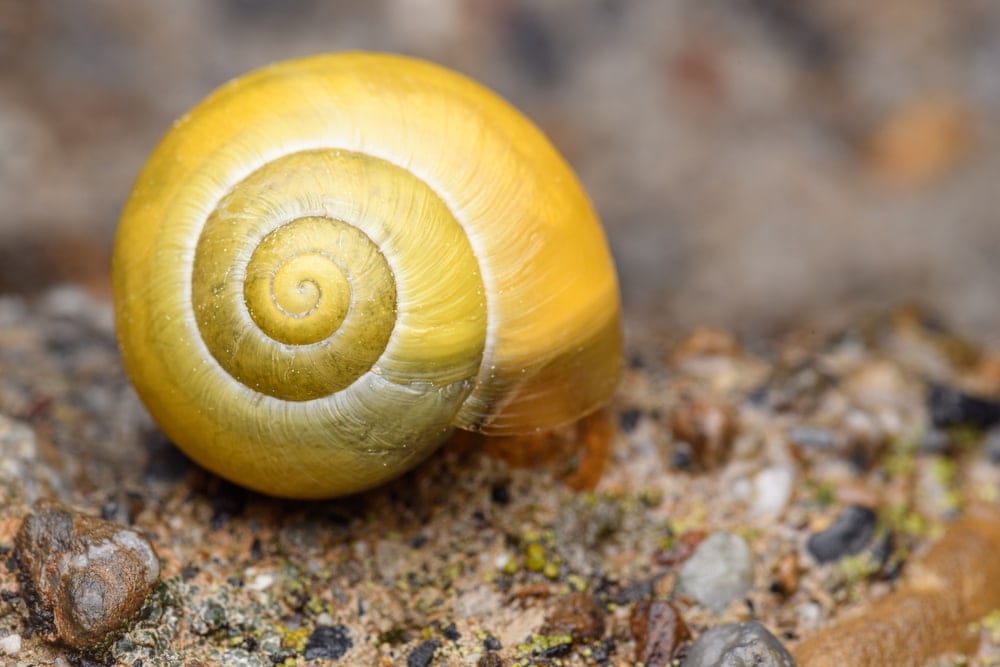
Land snails might not be found in the sea, but you will often find their shells in humid areas or next to bodies of water. They are common garden pests and are often despised by farmers. An infestation of the land snail can quickly take out entire crops, although it doesn’t happen too often.
The land snails are a very typical gastropod shell. They embody most of the typical morphological traits of the gastropod. Unlike other gastropods mollusks, the land snail’s physical body is quite different. However, we aren’t concerned with their typical bodies.
The land snails hatch out of their egg with a tiny shell already in place. These shells grow fast, spirally out and getting more prominent as the snail ages. Most land snails will only grow to the size of a nickel. However, some can grow as large as a human head.
Land snails are close to the bottom of the food chain. They are hunted by all kinds of creatures, including humans. Snails are often served as a delicacy, most often called “escargots.”
Most land snails have shells that appear very similar. They are often shades of brown to black and rarely have other colors. Since they are so plentiful worldwide, they are not often collected. Some of their species and shell types include:
- Mediterranean Green Snail (Cantareus apertus)
- White-lipped Snail (Cepaea hortensis)
- Garden Snail (Cornu aspersum)
- Milk Snail (Otala lactea)
- Roman Snail (Helix pomatia)
1.4 Conch Shell
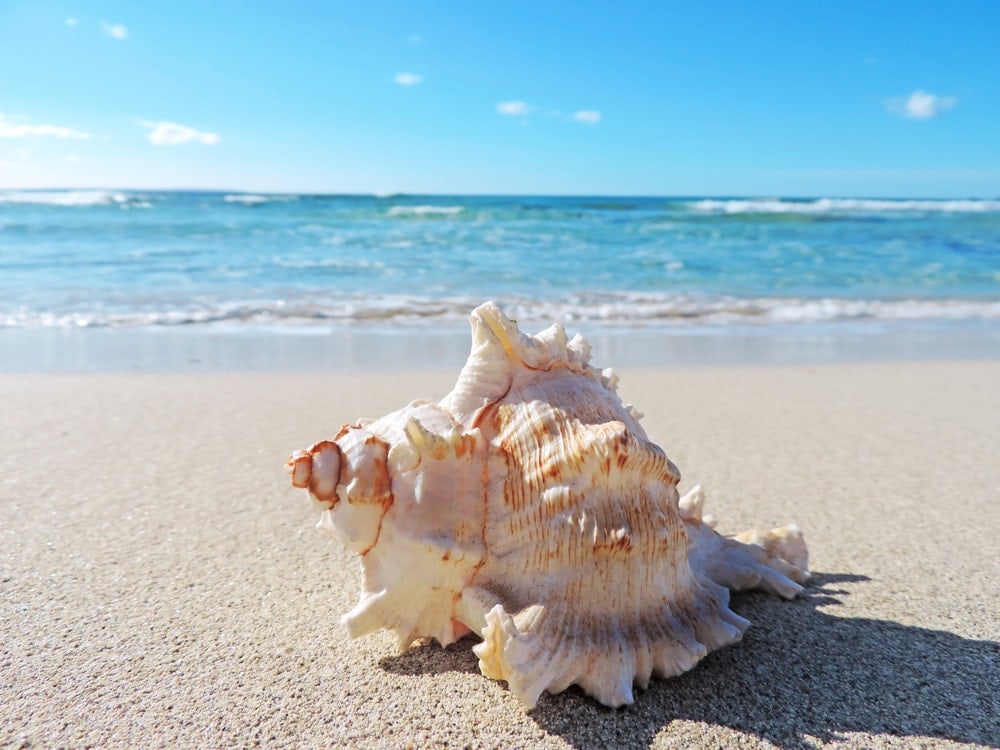
Land snails aren’t known for their shells as much as their living tendencies. The conch shell, on the other hand, tends the other way. Conches are known worldwide for their beauty instead of the species that may have once lived in them. They have all kinds of cultural and historical values.
“Conch” is the general name for a variety of medium and large-sized sea snail shells. Most of them are pretty significant compared to other species we cover on this list. You can characterize a conch shell as one that has a high spiral and a waved aperture.
The most common conch shell you will find on beaches of North America is the queen conch. These are found in warm waters throughout the Gulf of Mexico and the Caribbean. When they still have occupying snails, they are valued for their edible qualities and as fish bait.
Many shells might look similar to a conch shell without being so. They might also be more loosely related. True conches are often associated with the family Strombidae. These include conches like the Queen Conch (Lobatus gigas) and the Dog Conch (Laevistrombus canarium).
You can also call some other species conch, although they are not closely related to the Strombidae family. These include the families Melongenidae, Fasciolariidae and Turbinellidae.
Cultural Value
Most of the cultural values associated with conch shells come from the shell’s superior strength. They are not as delicate as many of the other gastropod shells. That gave them the capacity to be used as a musical instrument and as decoration.
Starting with their edible side, you can eat conch meat raw in salads or cooked as part of a soup or even a burger. All parts of the conch meat are edible. Therefore, if you are ever lost on a deserted island and come across one of these creatures, feel free to dig in.
1.5 Murex
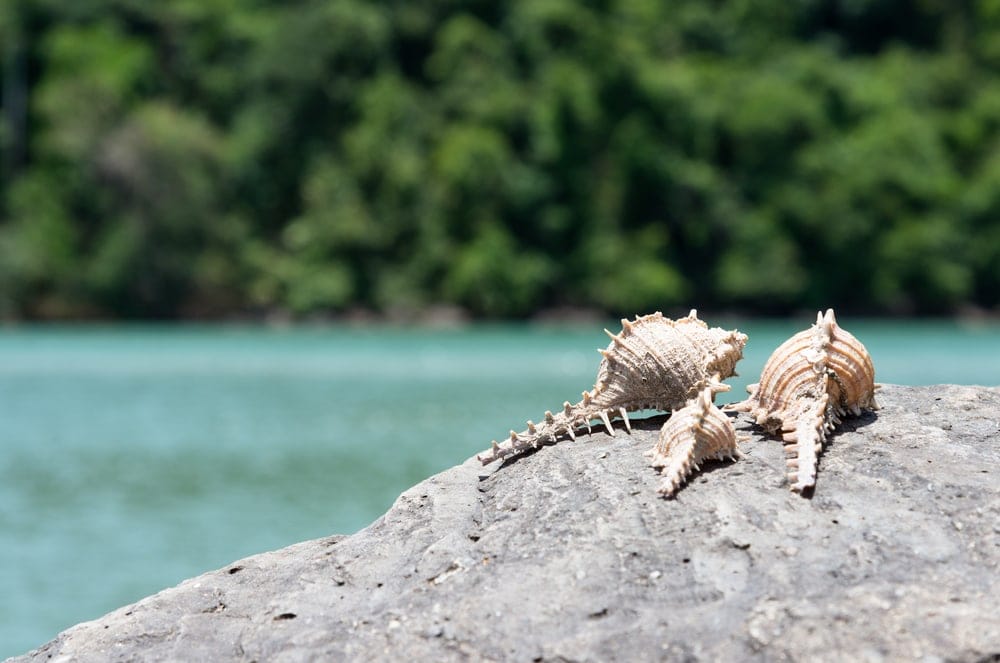
Murex seashells are pretty easy to identify. They have a distinctive shape and a unique orientation. Because of this, they rate high in popularity with collectors around the world. Some of them are plainly colored, but their shapes make up for this. As a result, they will often have things like:
- Frondose spines
- Lacy frills
- Webbed wings
- Knobby whorls
Although not as common as some of the other species on this list, they have a wider range. The murex genus is another sea snail. These are medium to large-sized, hence the size of their shells.
These sea snails are predatory. The majority of these are tropical, but you can find them in the polar regions. They eat other mollusks, especially some bivalve species living in mudflats.
Some of the murex species and their shells include:
- Murex Alabaster (Siratus alabaster)
- Regal Murex (Phyllonotus regius)
- Murex Ramosus (Chicoreus ramosus)
- Murex Haustellum (Murex haustellum)
- Woodcock Murex (Murex scolopax)
- Endiva Spine Murex (Chicoreus cichoreum)
1.6 Volute
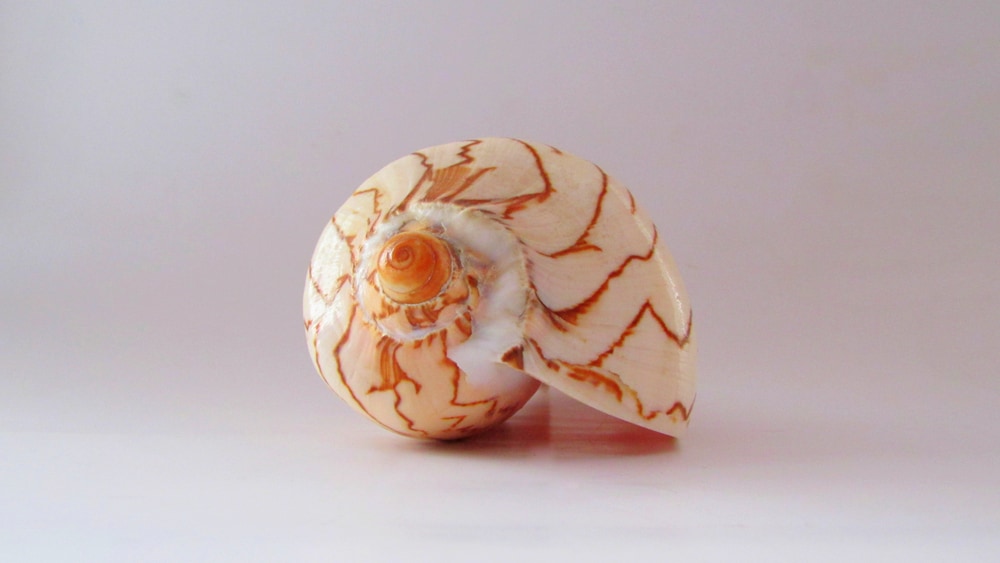
The volute is another kind of attractive seashell. It occupies a medium-sized sea snail. They prefer to live in muddy or sandy bottoms in deep waters in tropical seas. There are more than 200 species of them, and all of them are carnivorous.
The Latin name “voluta” means forming a spiral or a curve. They have a spiral vase shell with an opening aperture that is quite wide. At the apex or tip of the shell, there is a shiny nub. Because of how many of these are shaped, they are also called melon shells and bailer shells because of the shell’s water holding capacity.
Species of volute seashells include:
- Noble Volute (Cymbiola nobilis)
- Philippine Melon (Melo diadema)
- Imperial Volute (Cymbiola imperialis)
- Volute Lapponica (Harpulina lapponica)
1.7 Melon Shell
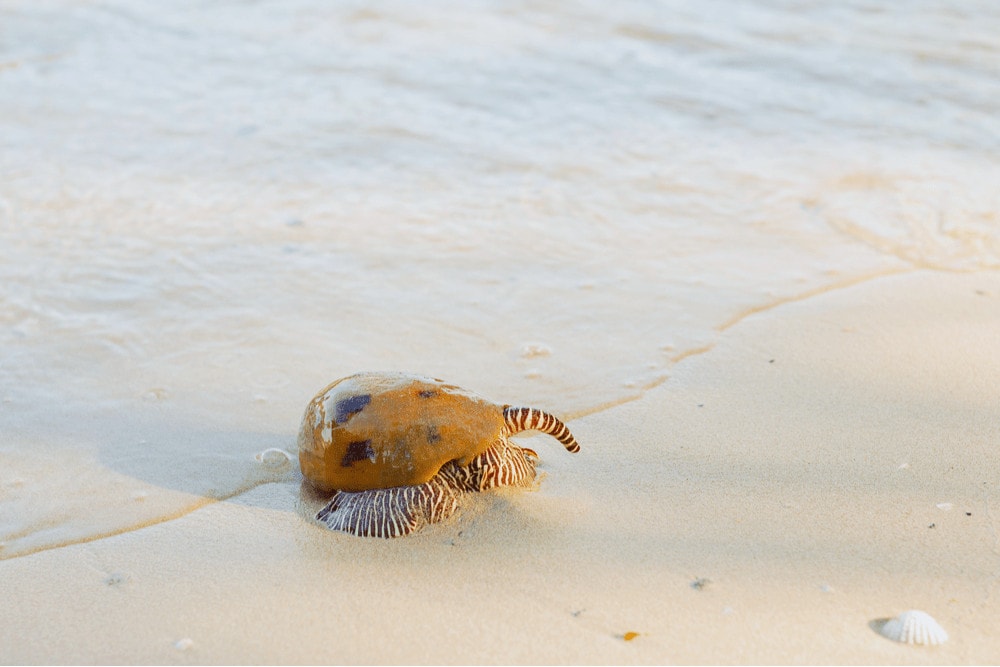
Melon shells belong to extremely large species of sea snails. They have a very rounded shape that appears to be a melon from certain angles. Their peachy-orange coloration also lends to this name.
Because of the large aperture, these are also called Bailer shells. The idea is that they are so large, and their opening allows you to scoop a lot of water. Early seamen would use these melon shells to bail unwanted water from inside their boats. Their final most common name is Ethiopian Volutes.
Although we wouldn’t often think of a gastropod being able to, these species can produce large pearls at times. The species Melo melo is most common for this capacity. These species are most often found in the Indian ocean.
It is more difficult to find many of these shells since the species live in deep water. They will wash up onto shore infrequently. Most often, you will have to go diving to find these shells. Some of the associated species include:
- Crowned bailer
- Giant bailer
- Southern or Milton’s Bailer (Melo miltonis)
- Umbilicate Melon (Melo umbilicatus)
1.8 Miter Shell
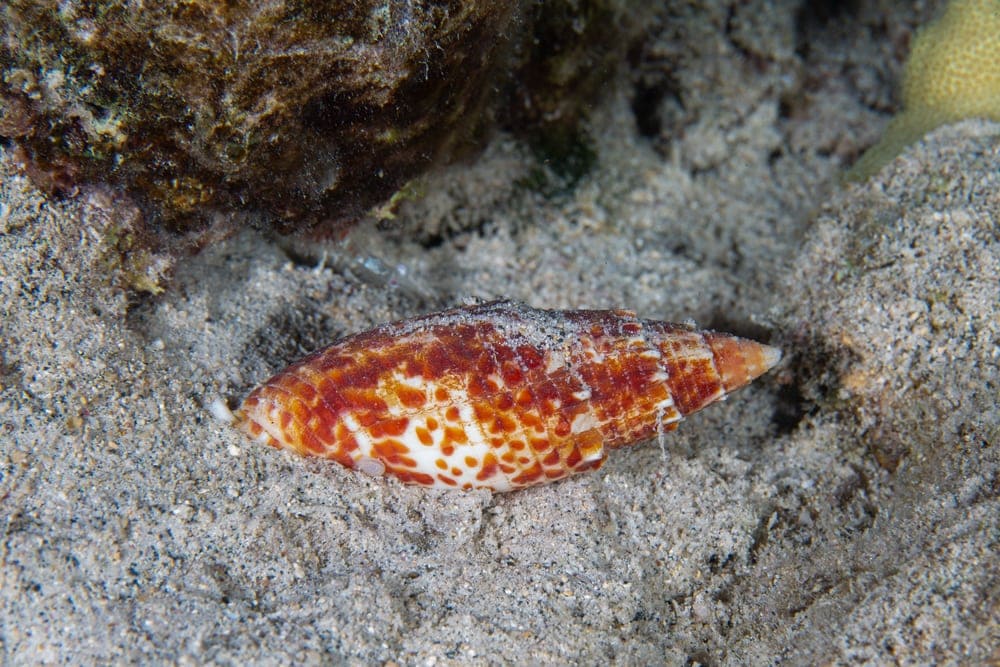
Miter shells are tropical shells that come in all kinds of beautiful colors. They are popular among collectors since they have a relatively unique shape. They come in many bright colors and a variety of spotted and lined patterns.
These shells have a thin and pointed columella with a narrow aperture. These shells are primarily native to tropical regions in the Indo-Pacific region. It is pretty easy to hunt these in the intertidal zones. While the inhabiting species are still alive, they prefer to live and hunt in coral and sandy areas. You will often find them under stones or burrowed into the sand.
The shell got its name ‘Miter’ or ‘Mitre’ from its shape. It resembles a bishop’s miter. This is why the species called Mitra mitra is often called the ‘Episcopal Miter.’ Some of the other species that inhabit miter shells include:
- Mitro papalis
- Mitra taeniatum
1.9 Drupe
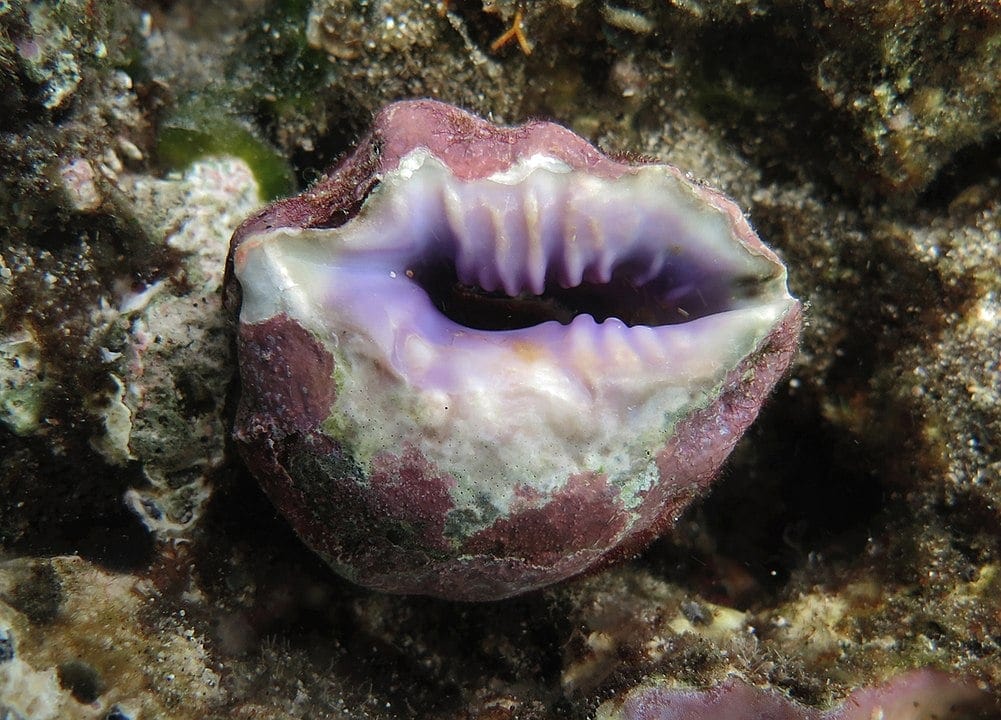
Purple drupe shell
Drupes are thick seashells that have a large body whorl. Each one of their whorls is covered in bumps called nodules. This gives them an interesting texture. Beyond that, these shells are also quite coveted because of their colorful patterns and aperture colors.
The inside of a drupe shell’s aperture is toothed. It is also colorful, typically having a lavender purple color, peach or pink. Typically, their nodules are often colored as well with a dark black or brown shade.
The species that live in Drupe-type shells belong to the family Muricidae. They are small sea snails but are all carnivorous. They feed on small invertebrates. Like many other species of sea snails, these live in the East Indian Ocean. Since they live near the shore, they are not very rare. However, they are still beautiful and considered valuable by tourists.
If you search for these shells in the water, you should look among the intertidal reefs and rocks. They are also called rock snails when inhabited by living species. Some of these shells and their species include:
- Purple Drupe Shell (Drupa morum)
- Pink Drupe Shell
1.10 Auger
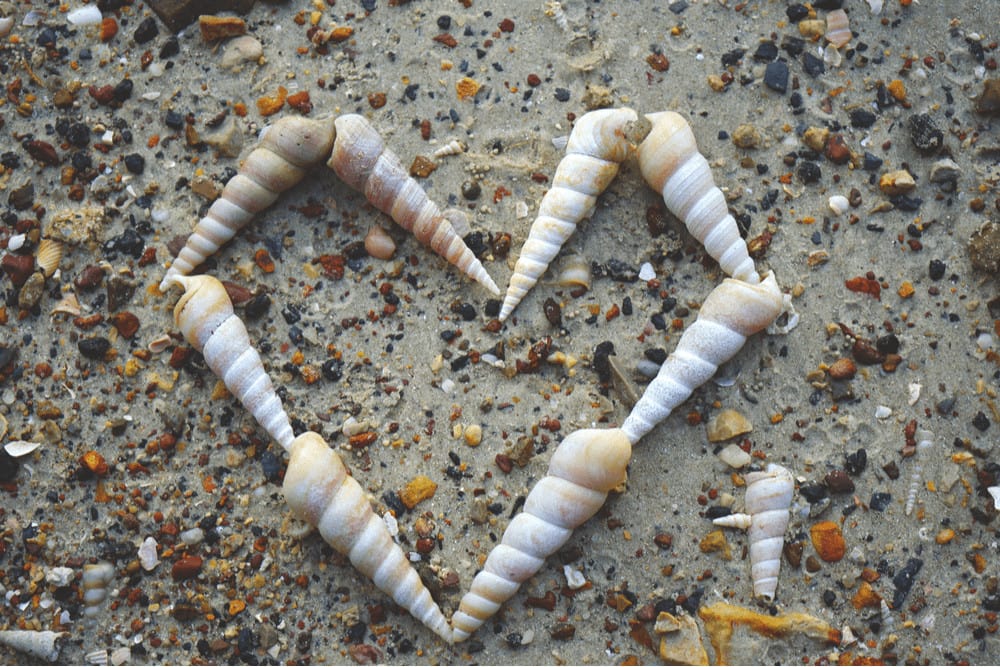
Auger snails inhabit auger shells. The species comes from the Terebridae family. These species vary from small to large and are all predatory marine gastropods. You can recognize these types of shells by the high spire of a whorl. It makes them look like a rock drill bit.
There are more than 400 known species around the world. The snails are sand-dwelling and prefer to live in warm waters. They have an interesting hunting tactic. They possess a venomous barb. They use these to stun and immobilize their prey. These snails typically hunt and eat marine worms.
While many of the auger shells are light shades of tan and brown. However, there are plenty of species that have bright and intricately detailed shells. Some of them have whorls that are much more pronounced and ridged. Associated species with auger shells include:
- Terebra salisburyi
- Duplicaria kieneri
- Strigate Auger (Hastula strigilata)
- Marlinspike Auger (Oxymeris maculata)
- Lead-colored Auger (Punctoterebra plumbea)
1.11 Olive Shell
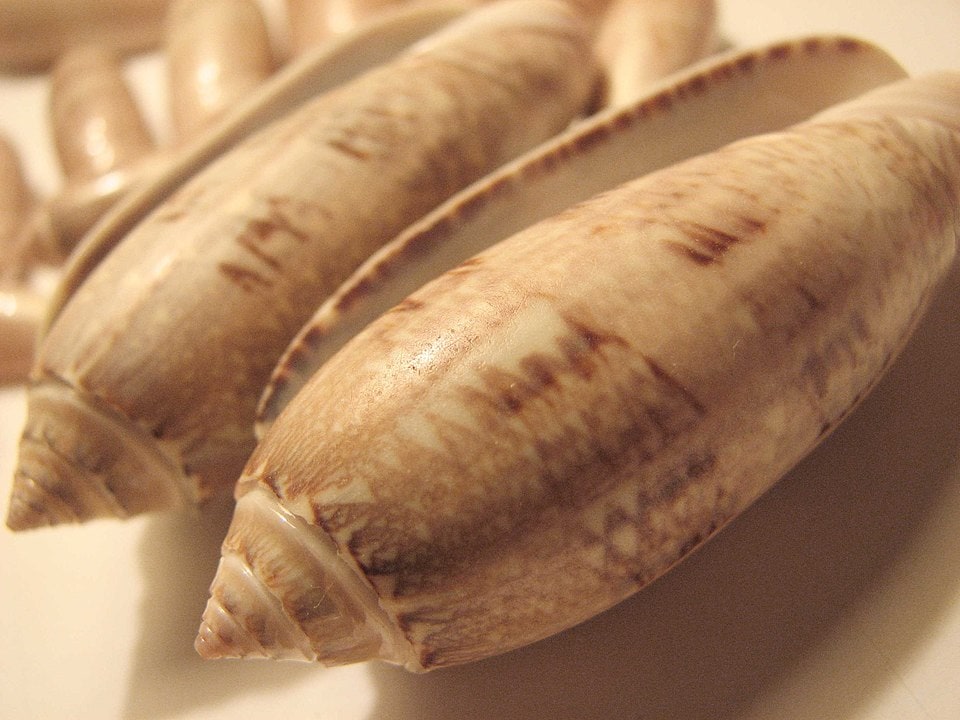
Lettered olive shell
Olive snails live in shells called olive shells. They come from a scientific family called Olividae. These sea snails are all predatory. Their shells are smooth and elongated, not looking as much like olives as you would suppose from their names.
Most of the time, these shells have muted color tones, although they can still be attractive and patterned. You can find olive snails all over the world within areas that are subtropical and tropical. They live in sand in intertidal and subtidal areas of the ocean.
Olive snails hunt by burrowing into the sand. They are some of the fastest known burrowers among species of sea snail. They feed on carrion and bivalves. They protect themselves when getting attacked by secreting mucus which becomes a purple dye.
These shells are the state shell of South Carolina. Specifically, the Lettered Olive, Oliva sayana. Other species within this group include:
- Felicioliva kaleontina
- Pointed Ancilla (Agaronia acuminata)
- Agaronia adamii
- Vullietoliva foxi
1.12 Sundial Shell
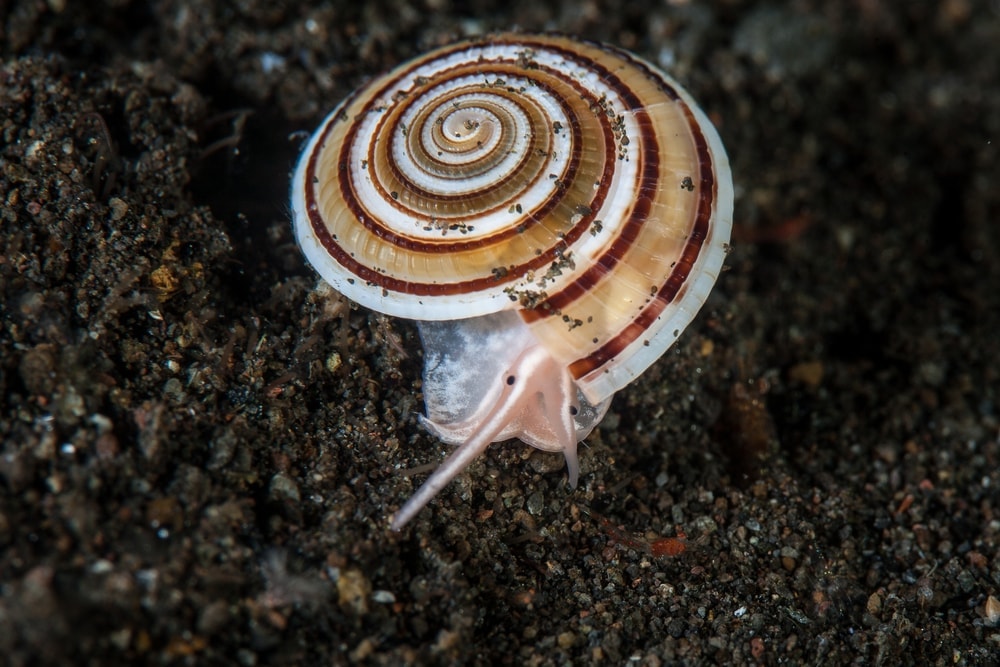
Sundial shells are associated throughout history as being associated with the sun. They have a distinct whorl. The species associated with the shell all belong to the genera Architectonica. They live in warm waters along the East and West Coasts of North and South America and Indo-Pacific regions.
These shells are pretty valuable for a collector. However, you should take care not to harvest if there is a live species still in them. Many of these species are either Threatened or Endangered, according to the Red List.
These shells don’t get their name from looking like a sundial. Instead, they get their name from a circular appearance that resembles the sun. They have light colors ranging from white to brown with intricate patterns on each whorl.
Some of the species of snail that live in these shells include:
- Clear Sundial (Architectonica perspectiva)
- Architectonica gualtierii
- Giant Sundial (Architectonica maxima)
- Partridge Sundial (Architectonica perdix)
2.0 Bivalvia
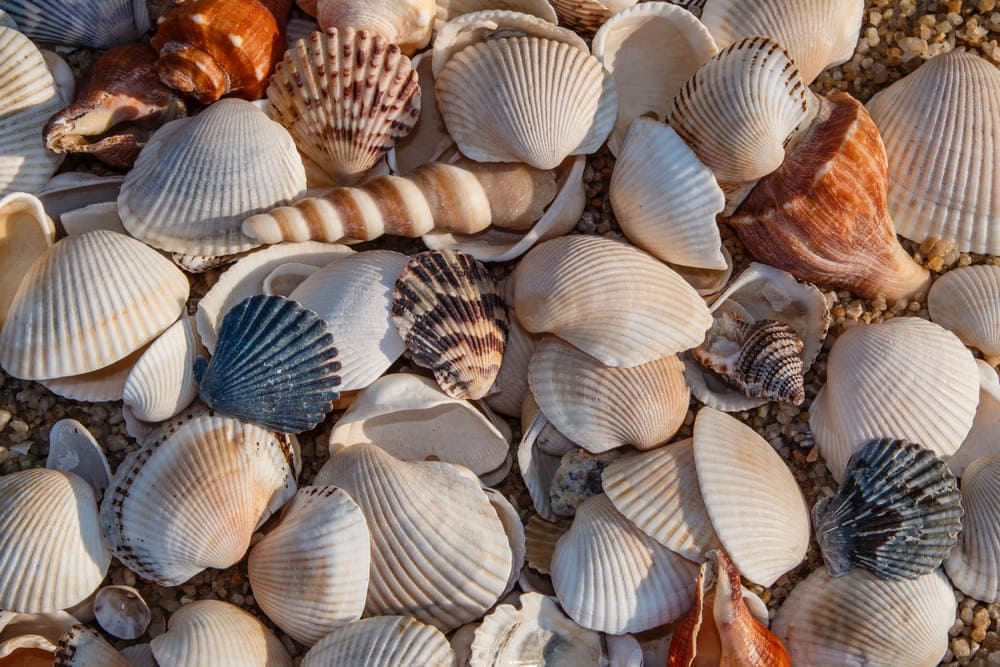
Bivalves are the most plentiful type of shell on the planet. They make up a large portion of the seafood that we eat. Many of them are edible, and farmers raise them to mass-produce food.
The word “bivalve” helps us identify what these shells are like. In Latin, “bis” means “two,” and “valvae” means “leaves of a door.” Bivalve animals have two shells that hinge at one side. They can open and close their shells together like a door.
All bivalves are aquatic and live in both freshwater and seawater environments. They usually live on a seabed. However, some have a very strong foot and can attach themselves to hard surfaces like rocks.
There are at least 10,000 described bivalve species. They can live in the deepest depths of the ocean or the shallow streams of a forest. Some of them have incredible shapes and patterns, while numerous others look almost the same.
We will take a look at some of the most common species associated with the bivalve group.
2.1 Clam
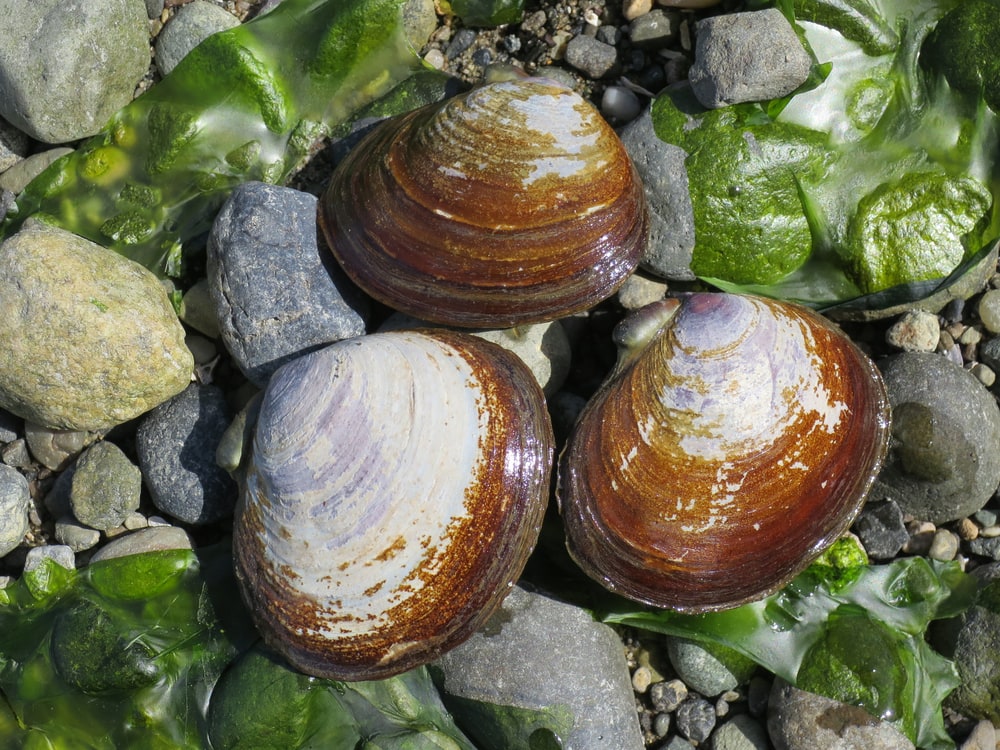
Clams are very common as bivalve mollusks. While only some clams have shells that are worth collecting, they are a valuable edible commodity. They are also known for their capacity to produce pearls by compressing sand for long periods. However, it is not as typical for a clam to produce a pearl as an oyster. Only about 1 in 5,000 clams can produce a pearl of any noticeable size.
Clams are not among the bivalve species that can easily swim. Instead, they attach themselves to something stable or burrow into the sand. Burrowing is one of the unique traits they have compared to other bivalves.
Some of the species of clams include:
- China Clam (Hippopus procellanus)
- Bear Paw Clam (Hippopus hippopus)
- Cardium Heart Shells (Corculum cardissa)
- Small Ark Clams (Arcidae)
- Varnish Clam (Nuttallia obscurata)
2.2 Scallop
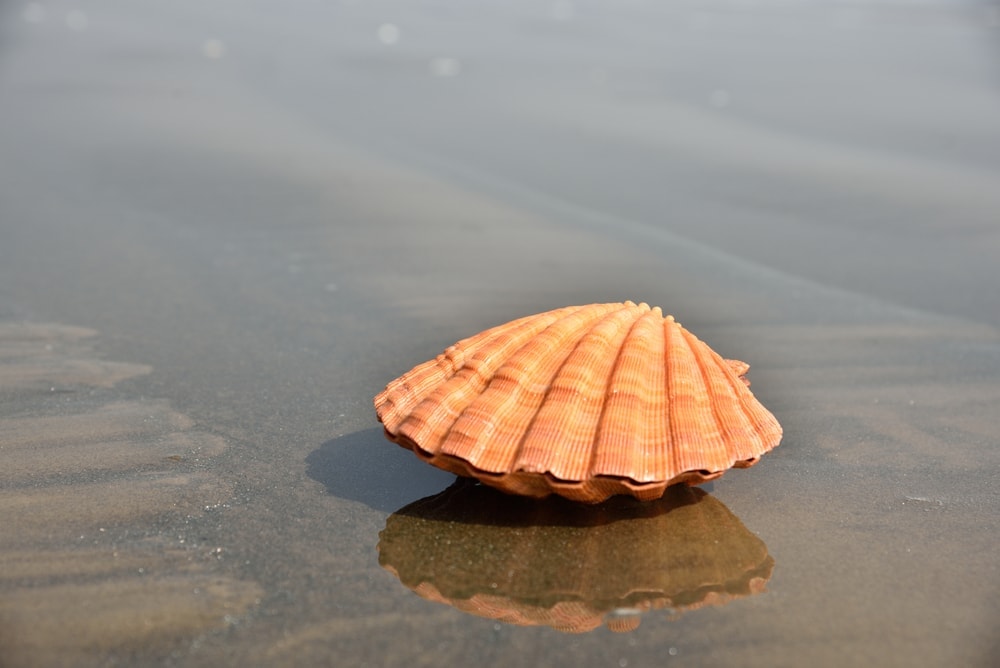
Scallop seashells are similar to both oysters and clams. The primary difference between scallops and other common bivalves is their ability to swim. They swim by opening and closing their shells together. This method serves to suck in water and push it out quickly. It propels them forward quickly in a zigzag pattern.
Most scallop species are tropical. But, interestingly, some species live in polar waters. Scallops are another one of the bivalves fished and grown for commercial use for their edible muscle.
Some colorful and exciting species of scallops include:
- Orange Lion’s Paw (Lyropecten nodosa)
- Sunset Scallops (Argopecten gibbus)
- White Florida Bay Scallops (Argopecten irradians)
- Pallium Pectin Seashells (Cryptopecten pallium)
- Japanese Baking Dish Scallops (Patinopecten yessoenisi)
2.3 Mussels
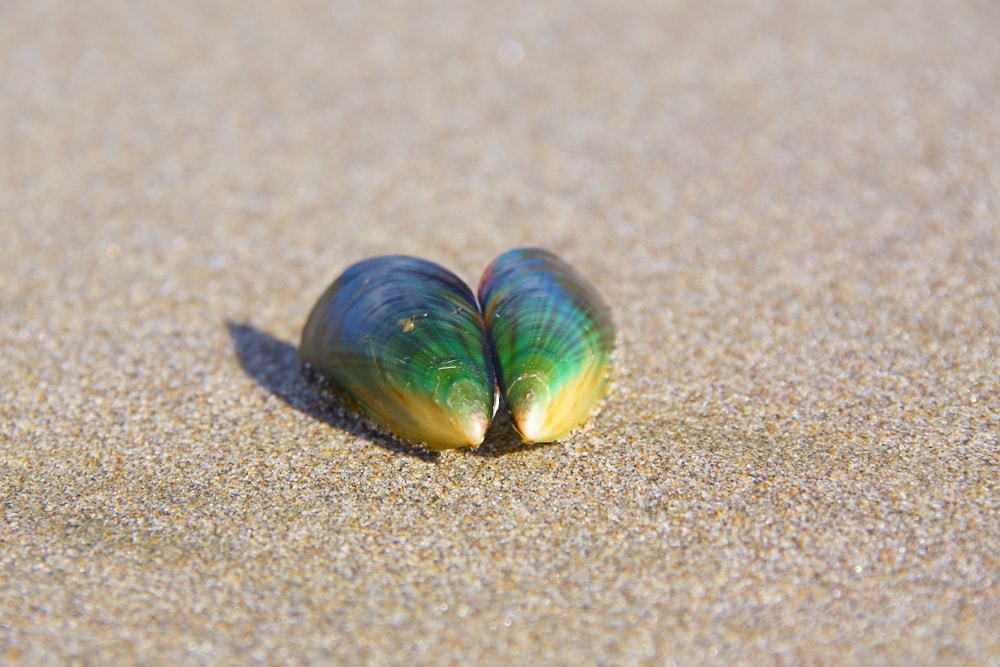
Mussels are essential parts of a dynamic ecosystem. Unfortunately, there have been recent introductions of invasive mussels that damage native ecosystems. Mussel species can live in both fresh and saltwater. They often have a dull, dark brown outer shell and pearly lacquer interiors. However, because most of them are so common, they are not collector’s items.
Invasive mussels can get into new environments by attaching themselves to cargo or ships that come in from the ocean. They have spread this way down the Hudson River and reached the Great Lakes. Now, Zebra mussels and quagga mussels are wreaking havoc on the natural lake environment.
Other species of mussels include:
- Blue Mussel (Mytilus edulis)
- New Zealand Green-Lipped Mussel (Perna canaliculus)
- Mediterranean Mussel (Mytilus galloprovincialis)
3.0 Scaphopoda
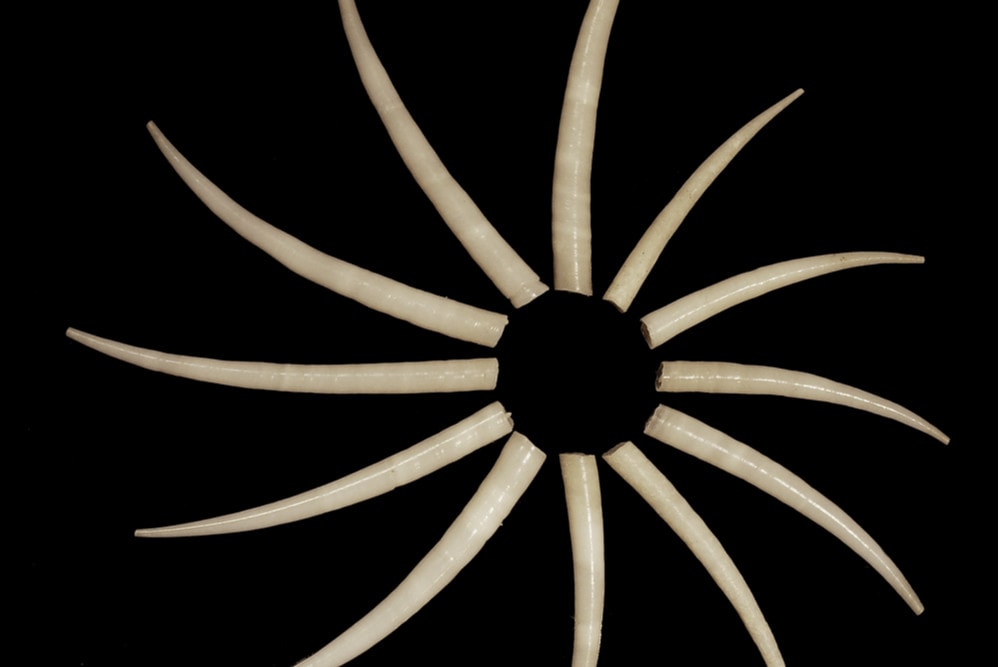
Scaphopoda shells are not very common. The name comes from Ancient Greek. It breaks down to mean “boat foot” or “shovel foot.” They are also called tusk shells and tooth shells because of their unique shape.
These marine mollusks have a worldwide distribution. All of these mollusks make their home in sediment. It is because of this that their shells have such a unique shape. The mollusks bury themselves in sand and sediment offshore, with only the very top of their shell protruding.
One of the characteristics that set these mollusks apart is that they have openings on both ends of the shell. That allows them to burrow into the sediment from one end but still pull in oxygen from seawater from the other.
There are two main Orders of scaphopods, the Dentaliida and the Gadilida. All of the species belong in these, and most of them are pretty similar. Since some of them are so hard to find, they have not been recorded with great frequency. Some recorded species might be extinct.
Some species of Scaphopoda mollusks include:
- Calliodentalium semitracheatum
- Common tusk shell (Antalis vulgaris)
4.0 Polyplacophora
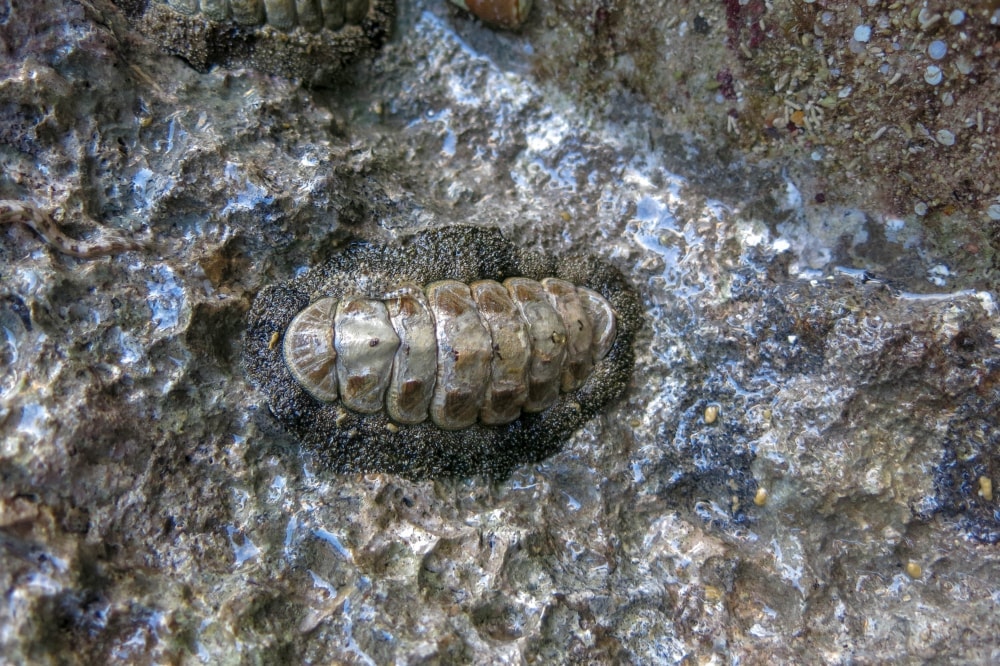
The species that belong in the group “Polyplacophora” are more commonly known as “chitons.” Another name for them is “the eight-shelled mollusks” since they have eight valves that make up their shells. They look like a colorful oval crawling on the seafloor.
These beautiful mollusks are somewhat rare even though they have a worldwide distribution. Most species live in rocky intertidal zones and shallow tidal areas. However, some live in deep water more than 22,000 feet (7000 m) below sea level.
For a while, chitons were more associated with algae or other kinds of marine plants. Many of them have a lining on their shells that make them look mossy. However, it is a form of camouflage to keep them safe from predators.
The chiton’s shells are pretty complex. There are some species that, upon close inspection, seem to have thousands of tiny bumps over the top of them. These encapsulate eyes that are receptive to all kinds of information.
Some of the associated species of chitons include:
- Lined Chiton (Tonicella lokii)
- Mossy Chiton (Mopalia muscosa)
5.0 Monoplacophora
Closely related to gastropods and was thought to be extinct. Recently, there has been a discovery of one species found in the bottom of deep-sea areas. Most of the rest of the species are still extinct. You can sometimes find them as fossils, but they look like gastropods to anyone without experience in shell ID.
The name ‘monoplacophora’ means “bearing one plate.” They have only one cap-like shell that completely covers the top of their bodies. Using the bottom, they move along the bottom of the ocean, feeding under the deep-sea pressure. There is not much known about these gastropods and having a shell other than in a fossil is extremely rare.
6.0 Cephalopoda
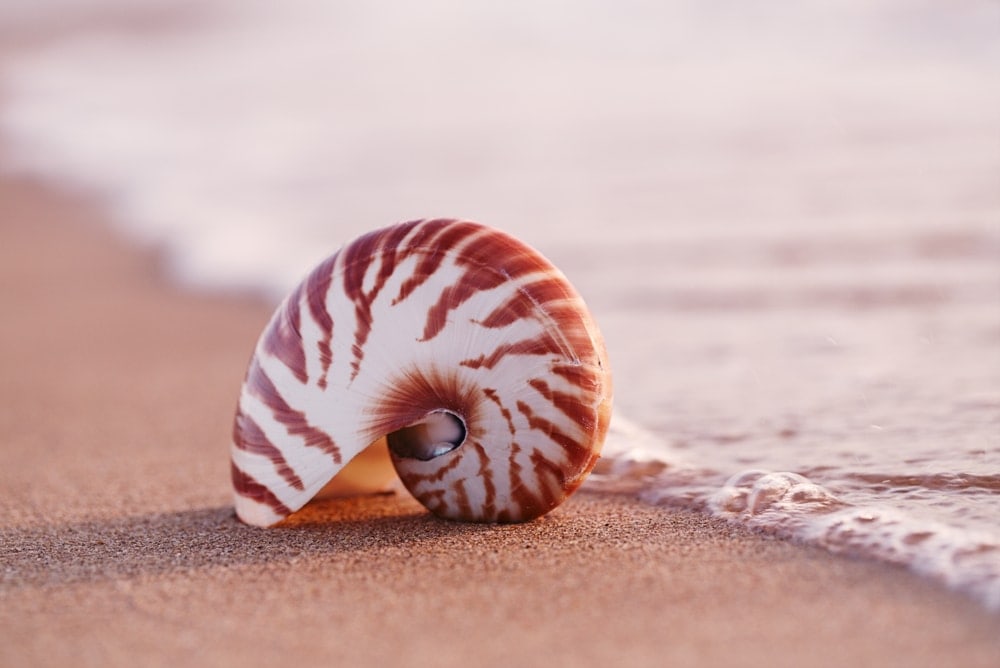
Only a few of the Cephalopoda species have shells. Cephalopods are better known as octopuses or squids. However, some make their homes inside of shells.
Although cephalopod species can be extremely distinct, they all share specific characteristics. All cephalopods either have tentacles or arms. None of them have backbones. All of them are invertebrates with blue-colored blood.
“Wait?” you think. Don’t invertebrates have hard exoskeletons? What about octopuses and squids? They still count, and if you want to know why here is our article on types of octopuses.
For now, let’s take a look at the two types of cephalopods that have shells. These include the nautilus and ammonites.
6.1 Nautilus
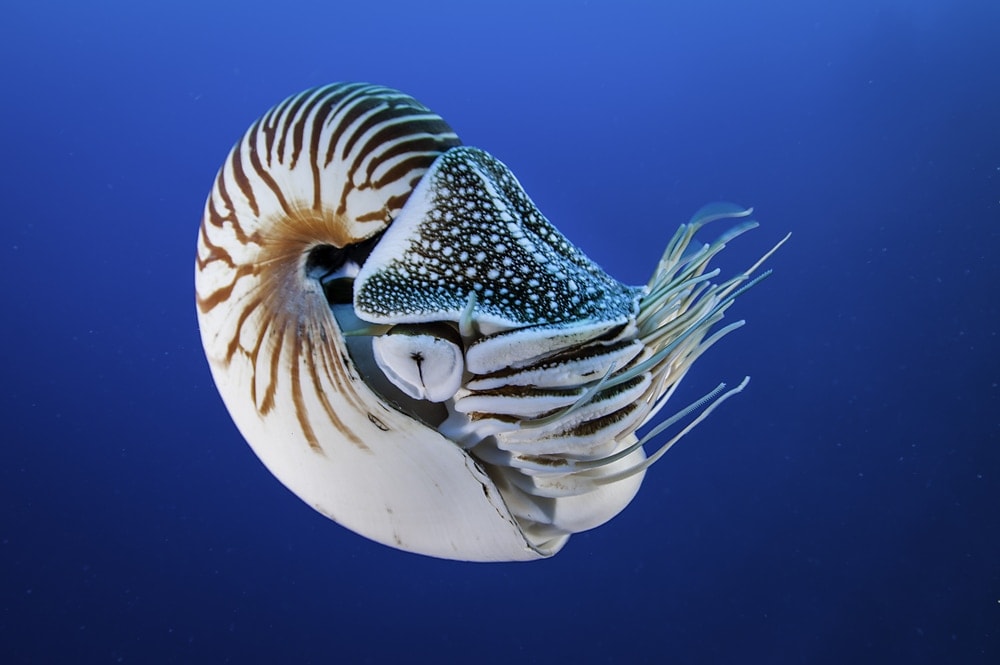
The name of the nautilus comes from Ancient Greek for “sailor.” There are six living species split between two genera under the Nautilus. The Chambered Nautilus is the most well-known species and is under much protection, so they don’t become extinct.
The shell of the nautilus is relatively smooth. It has a large aperture and a tight whorl that compresses back in on itself. These mollusks swim by projecting their tentacles out of the aperture and propelling themselves forward.
Scientists think of the nautilus as a living fossil since they have remained practically unchanged for millions of years.
6.2 Ammonites
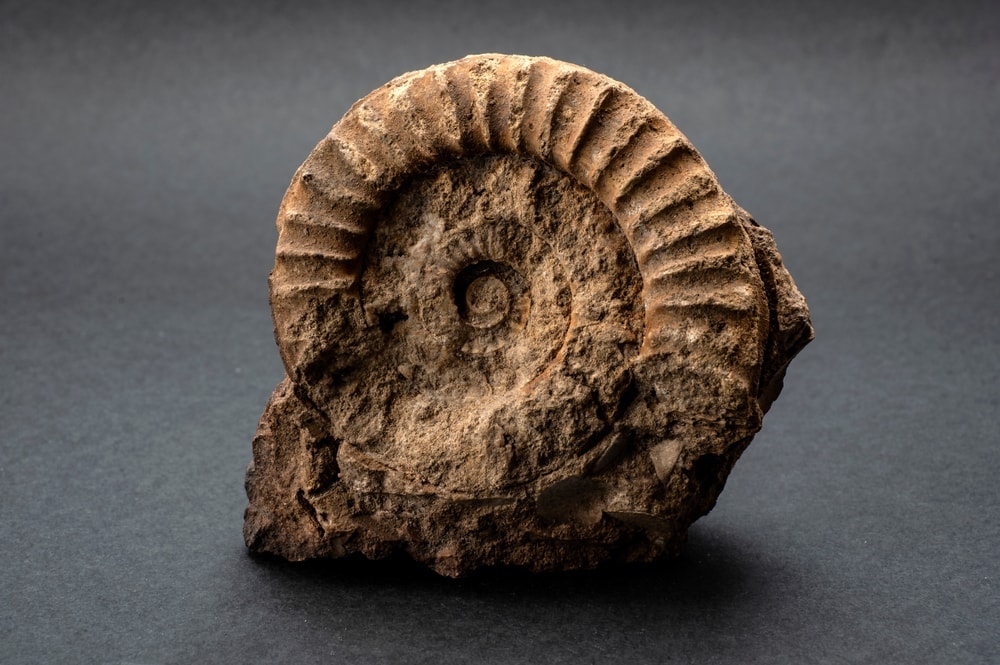
Ammonoids are now an extinct marine mammal that belonged to the Cephalopoda class. As a result, you can no longer find their shells on beaches or the depths of the ocean. Instead, most of them have been preserved as fossils.
Fossil shells of ammonoids are planispirals. This is because they form a coil in a tubular fashion as a fossil. It is from this spiral that the fossilized shells got their name.
Even during the time of Pompeii, these animals were extinct. Pliny the Elder circa 79 AD was cited, calling these fossils the “horns of Ammon.” That is because the Egyptian god called Ammon was usually shown wearing ram’s horns.
You May Also Like: Meet the 7 Sea Turtles Species with Photos, Fun Facts & More!
Interesting Facts about Shells

1| The largest known land snail was an African giant snail.
The African Giant Snail is Achatina achatina. The largest ever specimen was found and measured in December 1978. It grew to 15.5 inches (39.3 cm) from its snout to the end of its tail. Its shell length was a whopping 10.75 inches (27.3 cm).
2| Mollusks make their shells using calcium carbonate and protein.
Mollusks create their shells by secreting calcium carbonate and a variety of proteins from their mantles. Almost all mollusks are born with tiny shells already integrated into their bodies. As they continue to grow, so does their shell. Each day, the mollusk shell expands to make room for the growing animal inside.
3| The majority of shells are dextral or right-opening.
Almost 90% of all shells grow so that they are right opening or dextral. That is why sinistral shells, or left-opening shells, are precious. Shell collectors will pay quite a bit of money for a common type of shell that is sinistral.
Although these shells are a popular collector’s item, they are not destined for an evolutionarily satisfying life. Instead, mating is essentially impossible, and their genetics are not passed down.
4| Jeanne Power invented the aquarium in 1832 to study the argonauts and their shells.
Jeanne Villepreux-Power was a seamstress in 19th century France. She has been largely forgotten by history but is now credited for not only her dressmaking skills but her cephalopod research. She invented the modern glass aquarium to serve as a lab for studying the paper nautilus in 1832.
5| In Turks and Caicos, there is a Conch Festival every November.
The Turks and Caicos Islands hold a Conch Festival every November in Blue Hills. All of the local restaurateurs compete for the most original and best conch dishes. Once they have cooked them all and served them up, they are judged by international chefs. Throughout the festival, there are all kinds of music performances, competitions and other events.
6| The shell trade is having a dangerous effect on wild populations of marine animals, and you have likely helped it in the past.
Most of the shells you will have bought on vacation have not been innocently collected from the beach. Instead, they are often gathered from living animals as these will be in much better condition than abandoned shells. Buying these shells encourages the shell trade. It endangers thousands of wild populations of marine animals each year.
7| The oldest collection of shells was found in Pompeii.
The oldest known collection of shells was found preserved in the destruction of Mount Vesuvius in Pompeii. They are thought to be from about the year 79 AD. It was an impressive collection because many of the shells come from distant seas, some as far as the Red Sea. Although the collection was extensive, the prevailing idea is that they were kept because they were attractive.










